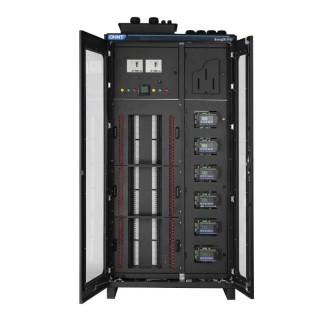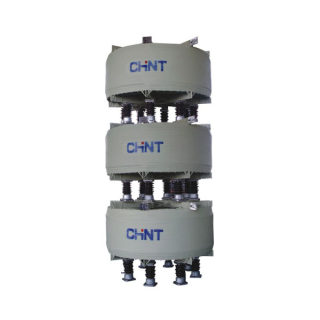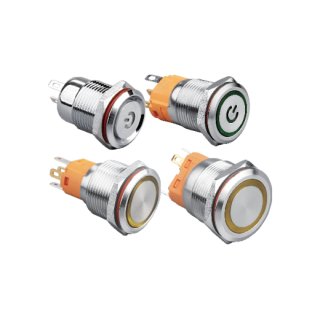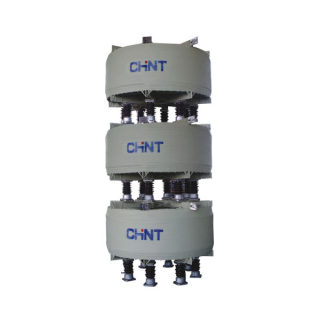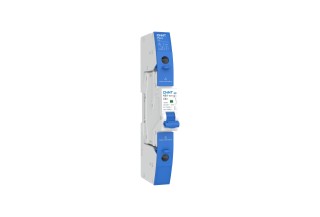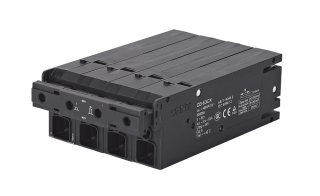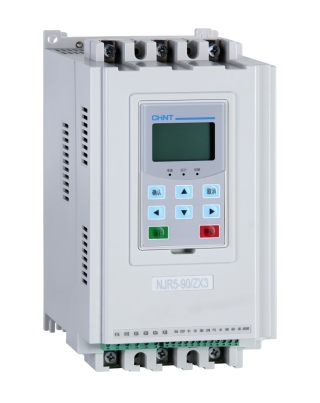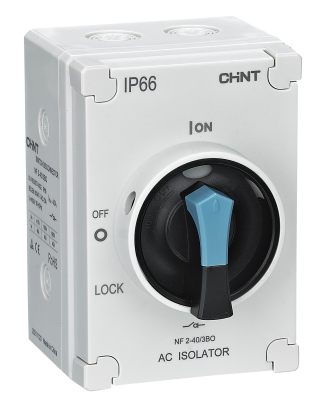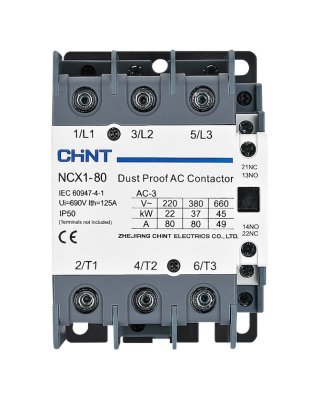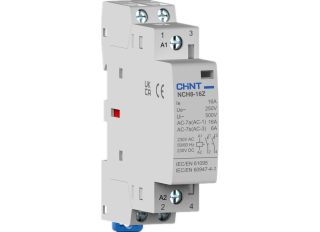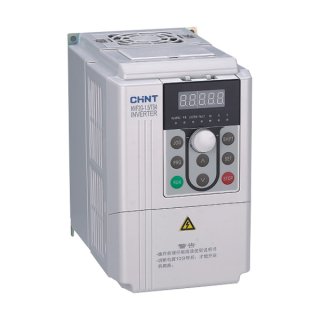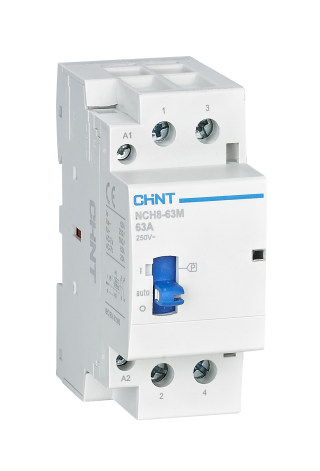
Product Center
The "Inverter" is an electric apparatus that changes direct current (DC) to alternating current (AC). It is a type of motor controller that drives an electric motor by varying the frequency and voltage supplied to the electric motor. Other names for an inverter are Variable Frequency Drive (VFD), variable speed drive, adjustable speed drive, adjustable frequency drive, AC drive and micro-drive.
Frequency (or hertz) is directly related to the motor’s speed (RPMs). In other words, the faster the frequency, the faster the RPMs go. If an application does not require an electric motor to run at full speed, the VFD can be used to ramp down the frequency and voltage to meet the requirements of the electric motor’s load. As the application’s motor speed requirements change, the VFD can simply turn up or down the motor speed to meet the speed requirement.
